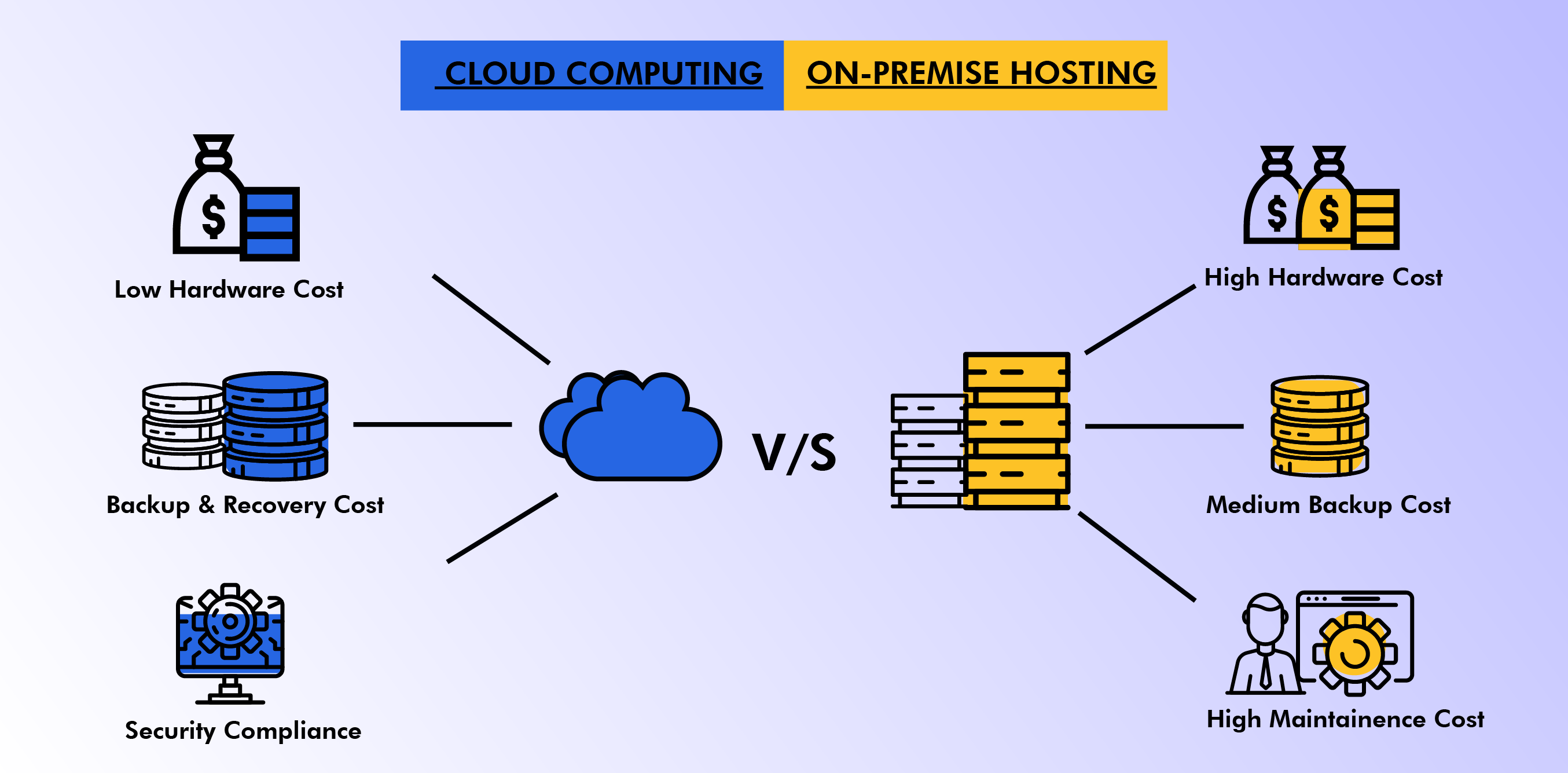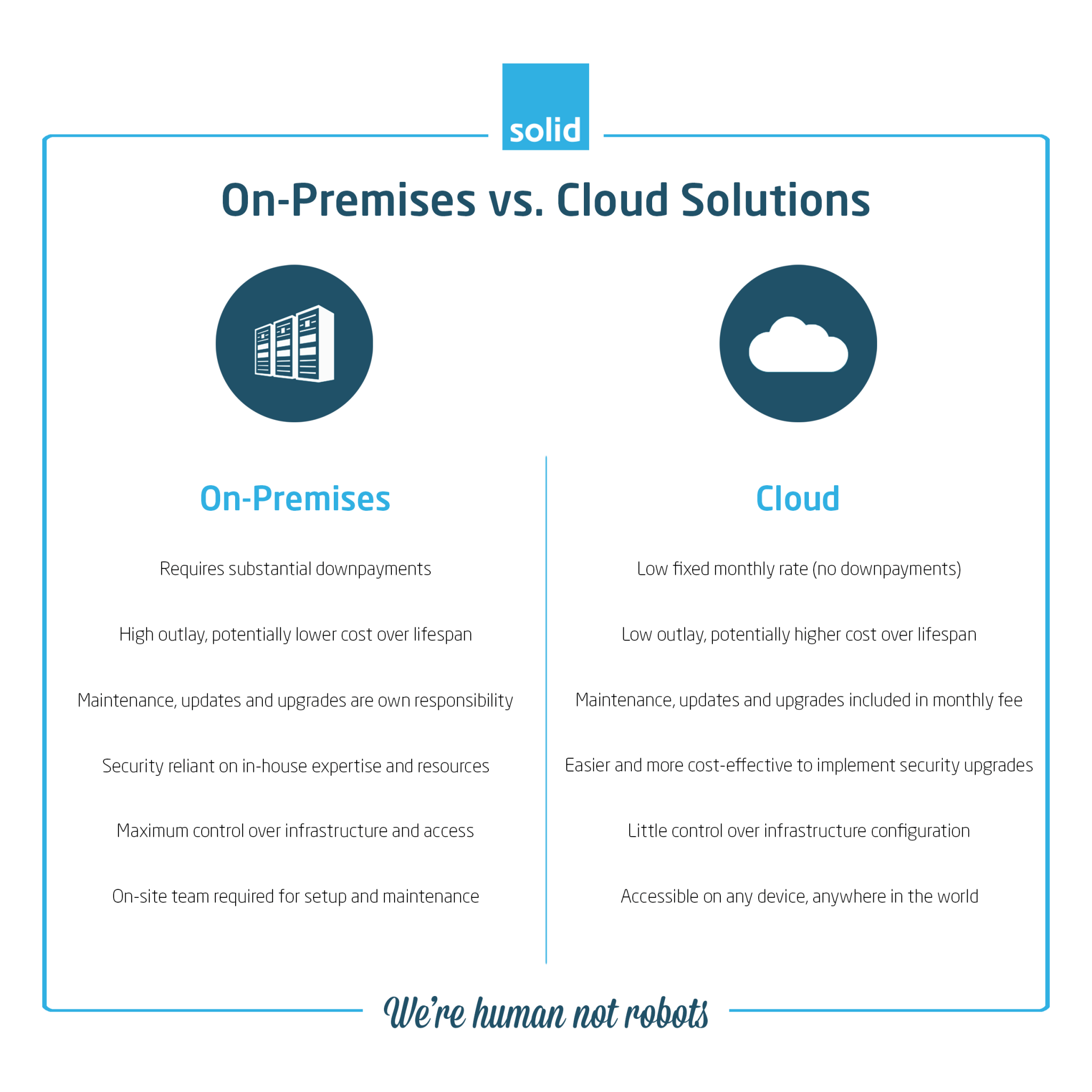Choosing Between On-premise and Cloud CDN Solutions

Understanding the Differences

On-premise CDN:

- Hardware and infrastructure: Owned and managed by the organization within their own data center.
- Control: Full control over all aspects of the CDN infrastructure and performance.
- Cost: High upfront investment in hardware, maintenance, and data center space.
Cloud CDN:
- Infrastructure and management: Provided by a cloud provider like AWS, Azure, or Google Cloud.
- Subscription-based pricing: Pay for usage on a monthly basis.
- Managed services: Cloud providers handle infrastructure management, updates, and security.
Factors to Consider
1. Performance Requirements:
- Cloud CDNs often offer higher performance with global reach and lower latency.
- On-premise CDNs may provide better performance for extremely sensitive or proprietary content.
2. Cost:
- On-premise CDNs involve substantial upfront investment, while cloud CDNs offer lower upfront costs.
- Cloud CDNs can scale up or down as needed, allowing for cost optimization.
3. Control and Flexibility:
- On-premise CDNs provide complete control, but require significant technical expertise.
- Cloud CDNs offer less customization but are more convenient and easier to manage.
4. Security:
- Both on-premise and cloud CDNs provide encryption and security measures.
- Cloud CDNs benefit from the security infrastructure of major cloud providers.
5. Scalability:
- Cloud CDNs offer virtually unlimited scalability, making them suitable for highly dynamic content.
- On-premise CDNs have limited scalability due to physical infrastructure constraints.
6. Geographic Coverage:
- Cloud CDNs have global reach, covering a wide geographical area.
- On-premise CDNs may have limited reach, especially for organizations with multiple geographic locations.
Decision Matrix
| Factor | On-premise CDN | Cloud CDN |
|---|---|---|
| Performance | Lower latency if content is highly sensitive | Higher performance with global reach |
| Cost | High upfront investment | Lower upfront costs, pay-as-you-go |
| Control | Complete control | Less customization, more convenient |
| Security | Strong security measures | Security infrastructure of major cloud providers |
| Scalability | Limited scalability | Virtually unlimited scalability |
| Geographic Coverage | Limited to organization’s data centers | Global reach |
Recommendation
- For organizations that require maximum control, performance, and security for extremely sensitive or proprietary content, on-premise CDN may be the preferred choice.
- For organizations that prioritize flexibility, scalability, ease of management, and cost-effectiveness, cloud CDN is the better option.## Choosing Between On-Premise and Cloud CDN Solutions
Executive Summary
Content Delivery Networks (CDNs) are essential for delivering fast, reliable, and secure content to users worldwide. However, choosing between on-premise and cloud CDN solutions can be daunting. This article explores the key considerations, advantages, and disadvantages of each option to help you make an informed decision.
Introduction
In today’s digital landscape, businesses rely heavily on online content to engage customers and drive growth. The performance and reliability of this content can significantly impact user experience, conversion rates, and revenue. CDNs play a crucial role in optimizing content delivery by distributing it across a network of servers located in strategic locations globally.
FAQs
1. What is the difference between on-premise and cloud CDN solutions?
On-premise CDNs are installed and maintained on-premises in a business’s own infrastructure. Cloud CDNs, on the other hand, are hosted by third-party providers and accessed over the internet.
2. Which option is more cost-effective?
On-premise CDNs typically require a higher upfront investment for hardware, installation, and maintenance. Cloud CDNs offer a more flexible and pay-as-you-go pricing model.
3. Which option offers more control and flexibility?
On-premise CDNs provide complete control over the CDN infrastructure and configuration. Cloud CDNs offer less control but often include managed services and a broader range of features.
Key Decision Factors
1. Performance and Scalability
- On-premise CDNs: Offer dedicated resources, providing high performance and scalability during peak traffic.
- Cloud CDNs: Leverage the scale and performance of cloud platforms, ensuring consistent performance even during surges.
2. Cost and Flexibility
- On-premise CDNs: Involve significant upfront costs and ongoing maintenance expenses.
- Cloud CDNs: Offer flexible pricing models and scale on demand, reducing operating costs.
3. Security and Compliance
- On-premise CDNs: Provide enhanced security by isolating content within the organization’s own infrastructure.
- Cloud CDNs: Meet industry-standard security protocols and are often certified for compliance with regulatory requirements.
4. Management and Support
- On-premise CDNs: Require dedicated IT resources for installation, maintenance, and troubleshooting.
- Cloud CDNs: Offer managed services, including monitoring, performance optimization, and technical support.
5. Customization and Integration
- On-premise CDNs: Allow for complete customization and integration with existing infrastructure.
- Cloud CDNs: Integrate seamlessly with cloud-based applications and services, such as cloud storage and web hosting.
Conclusion
Choosing the right CDN solution depends on the specific needs of the business. On-premise CDNs provide greater performance, control, and security, but require significant investment and technical expertise. Cloud CDNs offer cost-effectiveness, flexibility, and managed services, making them a suitable choice for many organizations. By carefully considering the key factors discussed in this article, businesses can make an informed decision that optimizes their content delivery strategy and meets their performance, security, and business objectives.
Keyword Tags
- Content Delivery Networks (CDNs)
- On-premise CDNs
- Cloud CDNs
- CDN performance
- CDN security

